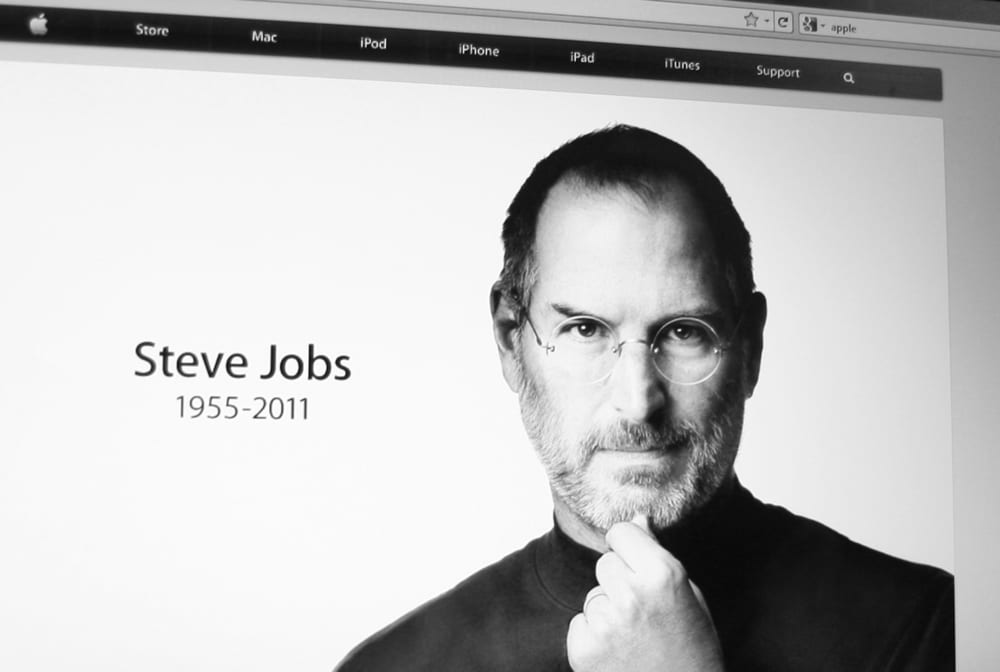In a previous post entitled “
Brands are first created by visionaries
This may state the obvious, but often in the day-to-day management of brands (especially in large corporations) it is easy to forget that someone one day created the brand. A deep and clear understanding of that person’s vision, and what they intended to create and build is important. All to often brands that fade forget this, and instead they start chasing and following others, versus carving out and owning the original vision.
Visionaries focus on 3 things when they are creating a brand:
- Gap and Opportunity: They see a gap, an opportunity, that is not being met by existing players. They do not always look at how categories are defined today, but think about what the end user needs and wants – and not on trying to fine tune and tweak what exists.
- Uniqueness: They have an idea, and angle that is different, unique or better to meet that need than others they will compete with.
- Clear and Simple Rallying cry for employees and end users to identify with: They have passion, persistence and a philosophy and rallying cry to focus and motive and direct what they do. It is not constrained by the status quo that many markets settle into and existing players work to.
Let’s look at 4 examples of the clear and simple rallying cry that I find really interesting of visionaries that created major brands that trail blazed in their segment:
- Estee Lauder (cosmetics): “Put the product into the consumer’s hands. It will speak for itself if it’s something of quality”
- Sam Walton (created Wal-Mart, the largest grocery chain in world): “There is only one boss. The customer. And he can fire anybody in the company from the chairman on down, simply by spending his money somewhere else”
- Richard Branson (Airlines and Virgin empire): “A business has to be involving, it has to be fun, and it has to exercise your creative instincts”
- Walt Disney (movie and theme park empire): “All dreams can come true, if we have the courage to pursue them
Related: How Clear Is Your Vision?
Brand destroyed by caretakers when the creating visionary moves on…
The problem comes when as the visionary moves on, or the business starts to grow fast or when it gets a stock market listing, it starts to get managed more and more for the short term returns that this requires. This is when the money men and women take over, the focus is on incremental growth, margins, costs and taking much less risk. Caretakers, Committees and Accountants slowly but surely tend to squeeze life out of a brand. As this happens slowly, it is often not really visible until it starts to be terminal.
One thing that is clear, unless a new visionary steps in, the brand will and does die.
Caretakers cannot promote or cost cut you out of decline
Looking at many of the brands that have slumped and then been revitalized can be clearly identified and associated with one visionary who is brought in and creates a new or updates the original visionaries intention.
5 Examples of brands that were dying or starting to and were resuscitated by a new visionary
- Rosemary Bravo took an ailing Burberry back into the fashion icon it is. A new CEO is taking it even further. Now days at London fashion Week, it is Burberry that gets most of the coverage and creates the most excitement.
- Marc Jacobs stepped into an ailing Louis Vuitton and went back to the heart of the brand, and by focusing on 13 core designs that he reinvented he recreated the desire, the premium and style again.
- Richard Teerlink famously fought off the Japanese share advance into motorcycles by reinventing Harley as an appealing and distinctive brand of quality, targeted affluent men seeking adventure and escape, and so fighting off the cheaper Japanese and European bikes that were taking over domination of the market.
- Carol Marlow took Cunard from a failing, struggling cruise ship into a stylish, premium, desirable and most talked about cruise line in the world. Think of all the fuss and coverage the Queen Mary 2 and the new Queen Elizabeth gathers, and how people turn out wherever they go to just see the ships. Even the Queen herself has become part of the brand experience by naming them.
- Howard Schultz (Starbucks). This is an example of a visionary who created the original, having to come back to ensure the original vision and experience was restored to Starbucks after “caretakers and accountants” had watered it down, optimized and speed up service and other such things.
It takes someone with a vision of the future and not someone concerned with maximizing and optimising the offer, and margins. If you run a brand or business obsessed with its P&L, and not what it stands for, the risk is that you manage it like a “caretaker”.
“Caretakers” do not create distinctive, exciting and important brands, they may create nice profitable ones in the short term. It is very easy to fall into caretaker habits, especially in tough economic times. But you can not price or cost cut your way to success – you need a strong and simple vision that fills a gap in a unique and better than anyone else.
Related: 5 Things The Best Boss I Ever Had Taught Me About Being A Great Manager And Leader
How would you answer the question: “Are you managing your brand as a “visionary” would?”
Did you like this article? Sign up for our RSS, like us on Facebook or follow us on Twitter
Image: “Annette Shaff/Shutterstock“


